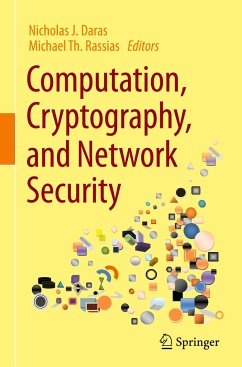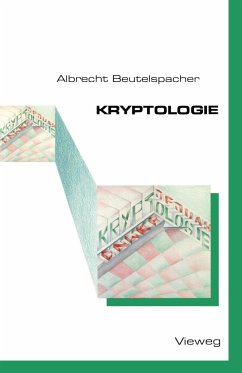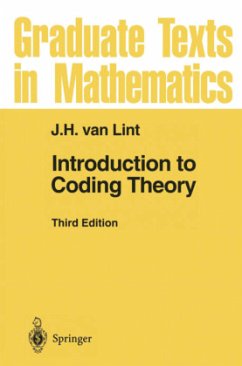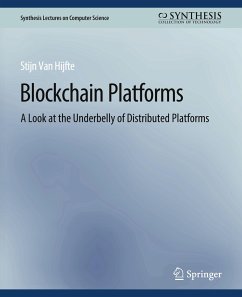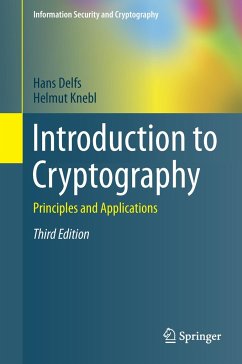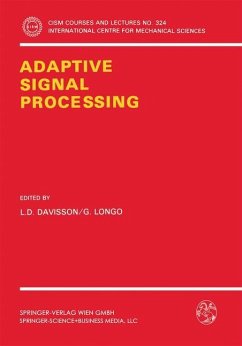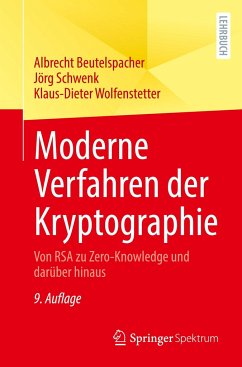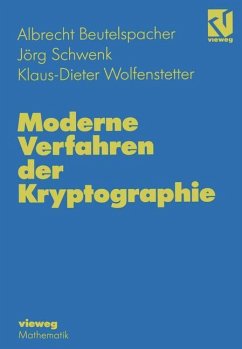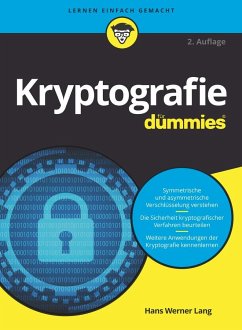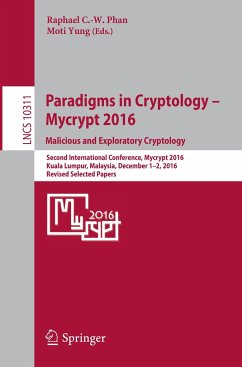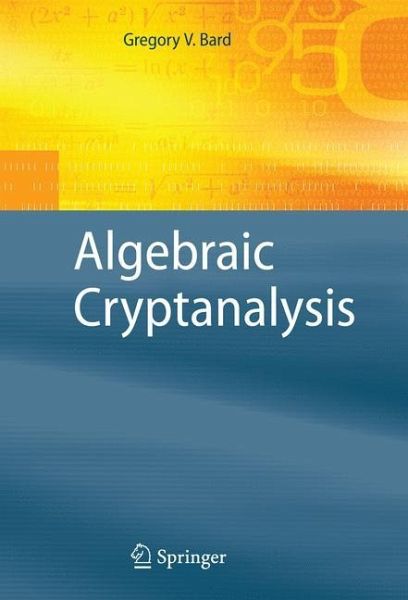
Algebraic Cryptanalysis
Versandkostenfrei!
Versandfertig in 6-10 Tagen
189,99 €
inkl. MwSt.
Weitere Ausgaben:

PAYBACK Punkte
95 °P sammeln!
Algebraic Cryptanalysis bridges the gap between a course in cryptography, and being able to read the cryptanalytic literature. This book is divided into three parts: Part One covers the process of turning a cipher into a system of equations; Part Two covers finite field linear algebra; Part Three covers the solution of Polynomial Systems of Equations, with a survey of the methods used in practice, including SAT-solvers and the methods of Nicolas Courtois.Topics include:Analytic Combinatorics, and its application to cryptanalysisThe equicomplexity of linear algebra operationsGraph coloringFacto...
Algebraic Cryptanalysis bridges the gap between a course in cryptography, and being able to read the cryptanalytic literature. This book is divided into three parts: Part One covers the process of turning a cipher into a system of equations; Part Two covers finite field linear algebra; Part Three covers the solution of Polynomial Systems of Equations, with a survey of the methods used in practice, including SAT-solvers and the methods of Nicolas Courtois.
Topics include:
Analytic Combinatorics, and its application to cryptanalysis
The equicomplexity of linear algebra operations
Graph coloring
Factoring integers via the quadratic sieve, with its applications to the cryptanalysis of RSA
Algebraic Cryptanalysis is designed for advanced-level students in computer science and mathematics as a secondary text or reference book for self-guided study. This book is suitable for researchers in Applied Abstract Algebra or Algebraic Geometry who wish to find more applied topics or practitioners working for security and communications companies.
Topics include:
Analytic Combinatorics, and its application to cryptanalysis
The equicomplexity of linear algebra operations
Graph coloring
Factoring integers via the quadratic sieve, with its applications to the cryptanalysis of RSA
Algebraic Cryptanalysis is designed for advanced-level students in computer science and mathematics as a secondary text or reference book for self-guided study. This book is suitable for researchers in Applied Abstract Algebra or Algebraic Geometry who wish to find more applied topics or practitioners working for security and communications companies.




